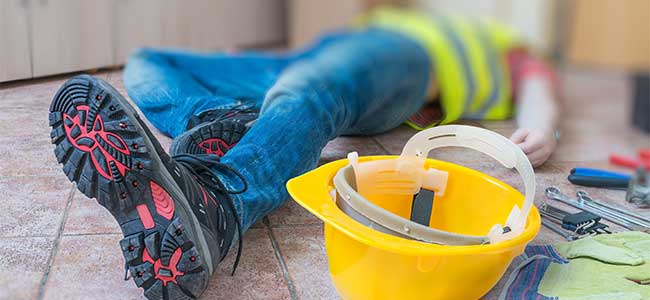
The Bystander Effect: Its Influence on Workplace Accident Response and Prevention
Learning more about the bystander effect can help organizations understand how it could affect workplace accident response if prevention measures are not taken.
- By Mia Barnes
- Apr 30, 2024
When an accident happens, people know they should ask for help. Whether that’s calling emergency services or finding someone who’s in charge, the intention to help can exist. But then, everyone stands around doing nothing. Learning more about the bystander effect can help to understand how it could affect workplace accident response if prevention measures are not taken.
What Is the Bystander Effect?
The bystander effect is a theory that states no one will get help if numerous people witness an emergency. It has nothing to do with the bystanders’ empathy or concern. Instead, each person automatically assumes that someone else will get help because so many people are aware of the problem.
When Does the Bystander Effect Occur?
This phenomenon occurs when an adverse event happens to fewer people than those who witness it. It could look like someone having a heart attack in a crowded mall. Many people witness the incident, but no one calls for help because they assume someone else is already dialing 911.
The bystander effect also happens in workplaces. Employees only intervene in unsafe situations around 39 percent of the time, even if they’re familiar with the team member in the adverse circumstance.
However, it’s important to note that situational factors can also decrease this effect. One study found that people sought help much faster when they saw someone suffering from increasingly dangerous domestic violence. In that scenario, the danger level is high and continues to rise, prompting individuals to actually contact help.
What Causes the Bystander Effect?
Researchers theorize that a few factors cause the bystander effect. Without enough effective and cognitive empathy, the bystander effect is more likely to occur. The person watching the incident must have enough cognitive empathy to put themselves in the victim’s shoes and enough effective empathy to experience what the victim is experiencing. If they can empathize with that person’s fear or pain, they’ll help because they know how bad it is to feel those things.
The same research shows viewers also need specific social mediators. When a victim experiences something bad while surrounded by just a handful of people or a group of friends, they get help faster. If the group of viewers communicates, that helps the victim too.